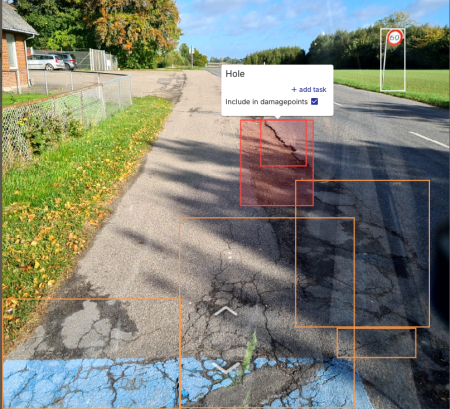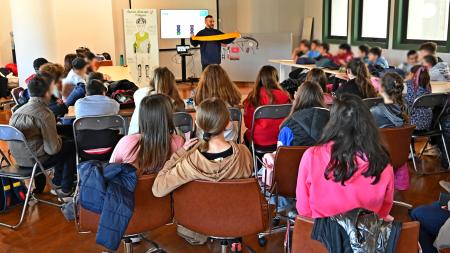George Υannis - 30 Marathons in 30 months to actively promote the adoption of 30 km/h speed limit in cities
George Yannis, Professor and Director of the Department of Transportation Planning Engineering of the School of Civil Engineering at the National Technical University of Athens (NTUA), has successfully completed on Sunday 10 November 2024 in Athens his campaign to run 30 Marathons in 30 months in order to promote the 30km/h speed limit in cities worldwide. He has finished all Marathons in under 4 hours.



